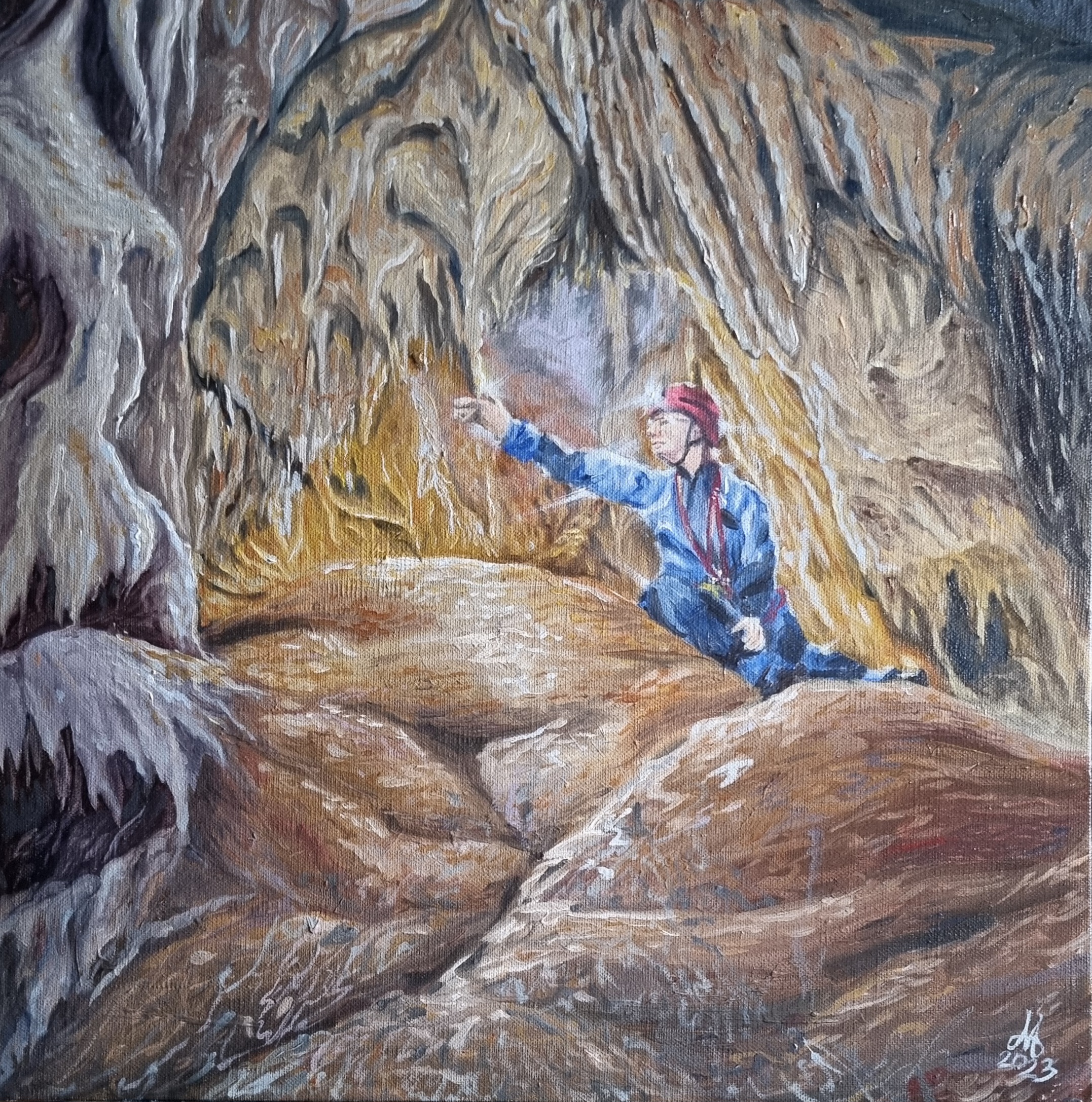Raphael's "The School of Athens" and Its artisan community reception
In the hallowed halls of the Vatican, amidst the fervent intellectual ferment of the Renaissance, Raphael Sanzio, a luminary of the Italian High Renaissance, bestowed upon the world one of its most celebrated masterpieces – "The School of Athens" (1509–1511). This monumental fresco, adorning the Stanza della Segnatura, immediately captivated audiences with its profound symbolism and impeccable execution. However, its impact extended far beyond mere admiration; it ignited a vibrant discourse within the artisan community of the time.
 The giants- Creation. Aggie Matyjaszek
The giants- Creation. Aggie Matyjaszek
Commissioned by Pope Julius II to adorn the walls of the Apostolic Palace, Raphael's magnum opus served as a visual testament to the intellectual vitality and humanistic ideals of the Renaissance. Set within an architectural marvel reminiscent of classical antiquity, the fresco depicts a gathering of the greatest minds of antiquity, each engaged in lively discourse and contemplation.
At the forefront stand the towering figures of Plato and Aristotle, embodying the dual pillars of Western philosophical thought – idealism and empiricism. Surrounding them are a pantheon of philosophers, mathematicians, and scientists, each meticulously rendered with distinct characteristics and gestures. From Pythagoras with his theorem to Euclid with his compass, Raphael immortalized the essence of knowledge and inquiry.
The immediate reaction to "The School of Athens" among Raphael's contemporaries was one of awe and reverence. Artisans and intellectuals alike marveled at the fresco's technical prowess and intellectual depth. Raphael's masterful use of perspective and composition, coupled with his ability to infuse each figure with personality and dynamism, set a new standard for artistic excellence.
Yet, beyond mere admiration, "The School of Athens" sparked spirited discussions within the artisan community regarding the role of art in society. It became a touchstone for debates on the relationship between art and philosophy, the pursuit of knowledge, and the artist's responsibility to elevate the human spirit. Raphael's fresco transcended its role as a decorative element; it became a catalyst for introspection and artistic innovation.
Moreover, "The School of Athens" served as a testament to the interconnectedness of artistic disciplines. Raphael's synthesis of architecture, sculpture, and painting in a harmonious whole exemplified the Renaissance ideal of the "universal artist" – one who was proficient in multiple fields of study and could seamlessly integrate them into their work.
In the years following its completion, "The School of Athens" continued to exert a profound influence on subsequent generations of artists. Its themes of intellectual inquiry, humanism, and the pursuit of truth resonated throughout the Renaissance and beyond, leaving an indelible mark on Western art and culture.
Today, "The School of Athens" endures as a testament to the enduring power of art to inspire, provoke, and transcend. Raphael's masterpiece continues to captivate audiences with its timeless beauty and profound symbolism, reminding us of the boundless potential of the human intellect and the transformative power of artistic expression.
 The giants- Creation. Aggie Matyjaszek
The giants- Creation. Aggie Matyjaszek